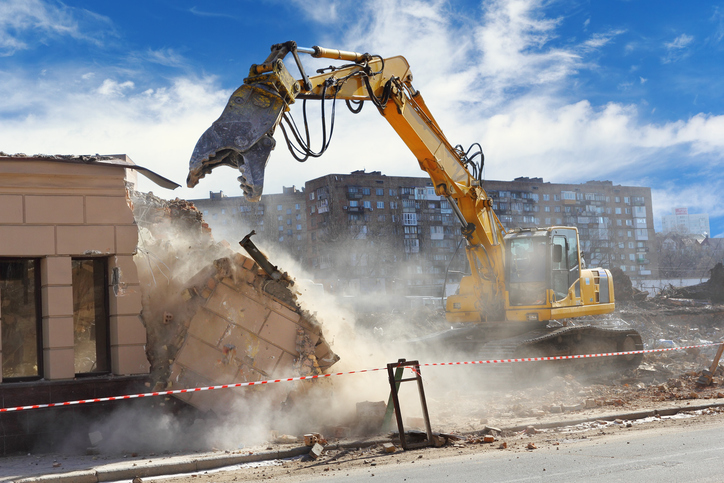
Non-occupational asbestos exposure occurs when individuals encounter asbestos fibers outside of a workplace environment. While often overlooked, this type of exposure can happen through everyday activities or environmental factors, posing serious health risks comparable to those faced by workers in asbestos-related industries. Understanding how non-occupational asbestos exposure occurs and its implications is vital for minimizing its impact on public health.
How Non-Occupational Asbestos Exposure Occurs
Non-occupational asbestos exposure can happen in several ways, typically through environmental contamination or indirect contact with asbestos fibers. Below are the most common sources:
Environmental Sources
Asbestos fibers can be released into the environment through natural processes or human activities. These airborne fibers can settle on surfaces in residential areas or public spaces, exposing individuals who unknowingly come into contact with them. Some key factors include:
- Natural Processes: Weathering of naturally occurring asbestos deposits can release fibers into the air or water.
- Human Activities: Mining, construction, or demolition of older buildings containing asbestos often release fibers into the environment, putting nearby residents at risk.
Secondary Sources
Secondary exposure, also referred to as secondhand asbestos exposure, occurs when fibers are inadvertently carried from one environment to another. For example:
- Family Members or Friends: Individuals working with asbestos-containing materials may carry fibers home on their clothing, skin, tools, or equipment, unintentionally exposing family members or acquaintances.
- Shared Spaces: Tools, vehicles, or household items contaminated with asbestos fibers can pose a risk to anyone using or handling them.
Home Remodeling & Hobbies
Home remodeling projects with drywall textures, joint compounds, floor tiles, asbestos siding and/or roofing materials can result in asbestos exposures. Additionally certain hobbies such as operating hobby kilns and pottery can present the potential for asbestos exposure.
Risk Factors of Non-Occupational Asbestos Exposure
While non-occupational asbestos exposure may seem less direct than workplace exposure, it still carries significant risks. Key factors influencing these risks include:
Duration and Frequency
The longer and more frequent the exposure, the higher the likelihood of developing asbestos-related diseases. However, even brief exposure to asbestos fibers can result in long-term health effects including mesothelioma.
Health Implications of Non-Occupational Asbestos Exposure
Even without direct occupational exposure, individuals encountering asbestos fibers face the risk of developing severe, and often life-threatening, illnesses. These include:
Mesothelioma
Mesothelioma is a rare and aggressive form of cancer that affects the protective lining of the lungs (pleura), abdomen (peritoneum), or heart (pericardium). The disease is almost exclusively linked to asbestos exposure and often has a long latency period of 20 to 50 years, making early detection difficult.
Asbestosis
Asbestosis is a chronic lung disease caused by prolonged exposure to asbestos fibers. Symptoms include:
- Shortness of breath
- Persistent cough
- Chest pain
This condition results from scarring and inflammation of lung tissue, which can progressively worsen over time and lead to respiratory failure.
Lung Cancer
Non-occupational asbestos exposure significantly increases the risk of lung cancer, particularly in individuals who smoke. The combination of asbestos exposure and smoking has a synergistic effect, amplifying the likelihood of developing this disease.
Prevention and Protection from Non-Occupational Asbestos Exposure
Although asbestos use has been heavily regulated or banned in many countries, non-occupational exposure remains a public health concern. The following strategies can help minimize risks:
Awareness and Education
Raising awareness about the dangers of asbestos exposure is essential for prevention. Community programs, educational campaigns, and resources can help individuals identify potential risks and take appropriate precautions.
Regulations and Guidelines
Governmental and environmental agencies enforce regulations to limit asbestos exposure, including:
- Laws governing the demolition and renovation of buildings containing asbestos.
- Restrictions on the disposal of asbestos-containing materials.
- Monitoring natural asbestos deposits to minimize public exposure.
Personal Protection During Renovations
When working in older buildings or environments that may contain asbestos, individuals should:
- Immediately contact an abatement professional for testing and proper removal if any doubt that a material may be asbestos containing. This is not the time for DIY.
- Avoid disturbing materials that could potentially contain asbestos without professional testing.
The Importance of Vigilance
Non-occupational asbestos exposure often affects individuals who have no direct involvement with asbestos-related industries, making it all the more dangerous due to its unexpected nature. By understanding how exposure occurs and adopting effective preventive measures, communities and individuals can significantly reduce the risk of asbestos-related diseases.
Public vigilance, combined with regulatory efforts and safe handling practices, is essential for protecting against the hidden dangers of asbestos. Whether through environmental awareness, careful renovations, or maintaining personal safety, proactive measures can save lives and protect future generations from the devastating consequences of asbestos exposure.
Conclusion
Non-occupational asbestos exposure is a significant public health concern that poses serious health risks, including mesothelioma, asbestosis, and lung cancer. By understanding how asbestos exposure occurs outside the workplace and implementing preventative strategies, individuals can minimize their risks and protect their families.
Whether through awareness campaigns, regulatory controls, or personal protective measures, addressing the hazards of asbestos exposure is critical for safeguarding public health. If you suspect asbestos contamination in your home or environment, seek professional assistance to mitigate the risks effectively.
For more information, consult trusted sources such as the Environmental Protection Agency (EPA) or the Occupational Safety and Health Administration (OSHA).
